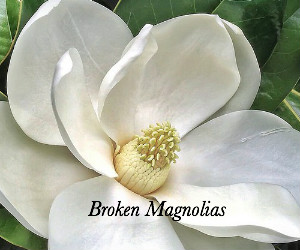Behind every captivating narrative lies a journey of creation—an evolution from initial idea to final manuscript. In this article, we explore the intricate process of crafting a story, tracing the arc of development from conception to completion. Join us as we unravel the stages of writing, the challenges faced, and the rewards of witnessing an idea flourish into a fully-fledged story.
- The Spark of Inspiration
Every story begins with a spark—an idea, image, or question that ignites the creative process. Authors draw inspiration from diverse sources—books, personal experiences, history, or dreams. This initial spark sets the stage for a narrative that will come to life through the written word.
- Ideation and Exploration
Once ignited, the spark evolves into a concept that demands exploration. Authors brainstorm characters, settings, themes, and conflicts. This stage involves asking “what if” questions, delving into research, and allowing imagination to take the reins.
- Outlining and Structuring
Outlining transforms scattered ideas into a structured framework. Authors organize plot points, character arcs, and narrative progression. This roadmap guides the writing process, offering a sense of direction while leaving room for spontaneous creativity.
- Drafting: Breathing Life into Words
Drafting is where the story gains traction, one word at a time. Authors pour their ideas onto the page, overcoming the resistance of the blank page. The focus is on getting the story down, embracing imperfection and knowing that revisions will refine the manuscript.
- Revisions: Refining and Polishing
Revisions are the crucible of craftsmanship. Authors analyze plot coherence, character development, and thematic consistency. The manuscript undergoes multiple passes, transforming raw material into a polished gem through thoughtful editing and rewriting.
- Feedback and Iteration
Feedback from beta readers, critique partners, or writing groups is invaluable. Authors welcome constructive criticism, making adjustments that elevate the narrative. Iterative cycles of feedback and revision refine the story’s nuances and amplify its impact.
- Final Touches and Proofreading
As the story nears completion, attention shifts to final touches and proofreading. Authors meticulously examine grammar, syntax, punctuation, and formatting. These details enhance the story’s readability and professional presentation.
- Embracing Closure: The Completed Manuscript
The completion of the manuscript marks a significant milestone—an accomplishment that reflects dedication, perseverance, and creativity. Authors celebrate the journey and reflect on the transformation of an initial spark into a fully realized narrative.
An Ongoing Odyssey
The evolution of a story is an ongoing odyssey—a journey of creation, refinement, and growth. From the inception of an idea to the culmination of a manuscript, authors navigate a terrain that requires dedication, resilience, and the willingness to witness their creative vision flourish into a tangible work of art.
